Everything You Need To Know About Gardening

Gardening Tips: 10 Expert Websites for Ideas and Inspiration
Want gardening tips you can actually use, minus the fluff? Bookmark these ten trusted gardening websites packed with expert-backed gardening tips on soil health, pest control, plant varieties, and garden design. From practical how-to guides to inspiring garden styles, these resources help sharpen your skills and ignite fresh ideas—scroll on for the best of the best.
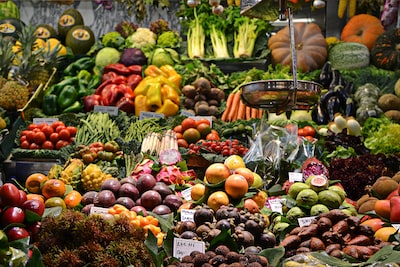
Nutrient-Dense Vegetables: Your Essential Garden Companion
Choosing nutrient-dense vegetables puts flavor and health squarely on your plate. Kale packs calcium and vitamin K to protect bones, spinach delivers iron to kick-start energy, and carrots load you up with beta-carotene for better eyesight. This guide serves up an easy-to-use roadmap of the top nutrient-dense vegetables, helping you grow better, cook smarter, and eat tastier—no culinary guilt, just flavorful rewards.
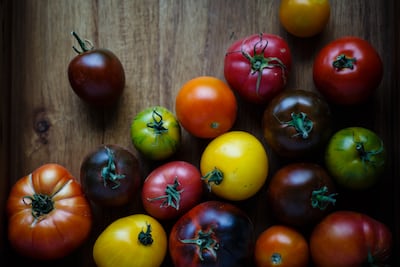
Plant Breeding: Cultivating Food Security for the Future
Plant breeding shapes tomorrow's harvest—choose vegetable seeds bred for resistance and productivity to boost your garden's yield. Thoughtful plant breeding creates veggies that withstand drought, pests, and disease, securing future meals despite climate uncertainty. Learn how strategic plant breeding strengthens food security, enriches agriculture, and puts fresher produce on your plate.
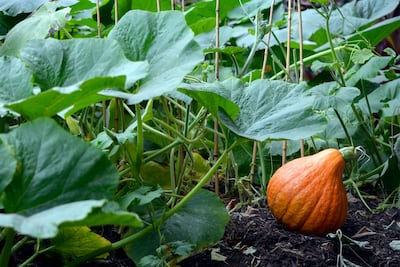
Plant Regrowing: Fresh Vegetables from Kitchen Scraps
Plant regrowing turns humble kitchen scraps into thriving vegetables. Carrot tops, lettuce ends, and scallion roots—all you need is water, sunlight, and patience to get started. Plant regrowing saves money, trims waste, and revives your meals with fresh produce grown from what you'd normally toss out. Curious how easy it actually is? Let's get growing.

Buying Farmland: An Expert Guide for Gardeners and Investors
Buying farmland puts control over your food sources into your own hands. Before signing the papers, clearly define your purpose—production farming, a family homestead, or conservation—and inspect soil quality, water access, and zoning restrictions. With careful research and clear objectives, buying farmland can become your path to genuine self-sufficiency and lasting fulfillment. Read on, and let's dig into the details.

Electroculture: A Sustainable Method for Modern Gardens
Electroculture gardening uses mild electric currents to stimulate plant growth, boost yields and lower your reliance on conventional fertilizers. Easy to set up, Electroculture employs copper wires and antennas to channel natural atmospheric energy directly into your soil. With proven results dating back over a century, Electroculture offers gardeners a sustainable, productive way to breathe new life into crops—keep reading to discover how this intriguing method can transform your garden.

Food Supply Chain: The Journey from Farm to Fork
Understanding the food supply chain lets every gardener appreciate exactly how produce travels from farm to fork. Each edible bite follows a detailed path—from growers and harvesters to shipping operations and local markets—all before landing on your plate. By grasping how this food supply chain functions, you’ll pinpoint ways to plant smarter, garden sustainably, and savor each meal thoughtfully.
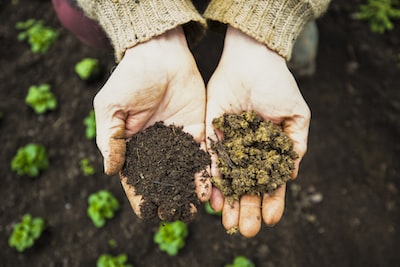
Biodynamic Gardening: A Holistic Approach for Healthy Gardens
Biodynamic gardening breathes life into your soil, syncing plants with nature's rhythms for healthy, vibrant growth. Born from Rudolf Steiner's holistic methods, biodynamic gardening balances compost, lunar cycles, and biodiversity to fortify your garden naturally. Ready to cultivate a garden that nourishes you and the earth? Grab a cup, settle in, and discover how to grow differently.

Aeroponics: Growing Sustainable Gardens in the Modern Age
Aeroponics grows edibles faster, healthier, and uses 95% less water than traditional methods. With nutrient-rich mist nourishing roots suspended in air, aeroponics sheds soil's weight and limits, letting gardeners produce thriving plants even in tight urban spots. Curious how aeroponics stacks up as the sustainable gardening solution we've long hoped for? Let's take a closer look.
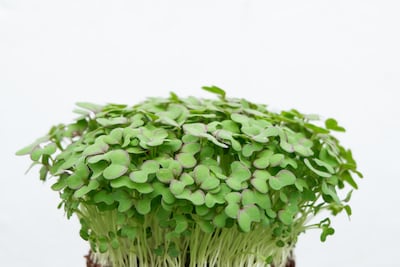
Microgreens: A Gardener's Guide to Growing Tiny Greens
Microgreens pack powerful nutrients, mature in under two weeks, and thrive in minimal space—making them the home gardener's jackpot. Plant microgreens on any windowsill, snip at peak freshness, and instantly amp up salads, sandwiches, and dishes. Master growing microgreens at home with this straightforward guide and savor vibrant harvests year-round.
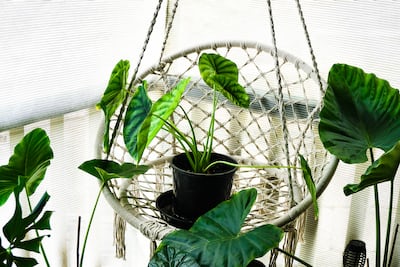
Rare Houseplants: Distinctive Indoor Beauties to Inspire
Add character to your indoor space by exploring rare houseplants that transform ordinary rooms into vibrant sanctuaries. With over 390,000 plant species existing worldwide, only a handful of striking specimens steal the spotlight indoors. Tracking down and nurturing rare houseplants sparks conversation, demands research, and rewards patience. Here's your guide to finding, selecting, and caring for indoor plants that defy convention and make your space unforgettable.

Chinese Gardens: The Art of Authentic Landscape Design
Want to interpret nature's poetry in your own backyard? Building authentic Chinese Gardens means learning ancient techniques like borrowing scenery, balancing yin-yang, and layering spaces to cultivate harmony. Master subtle symbolism, craft intentional flow, and unlock the tranquil elegance known traditionally as yuanlin—your ticket to creating spaces rich in beauty and meaning awaits.
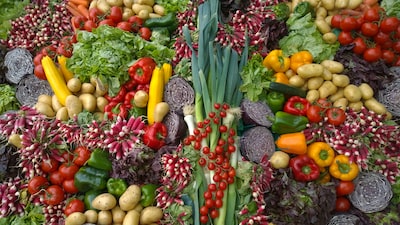
Southern European Plants to Grow a Mediterranean Garden
Capture the warmth and character of the Mediterranean by planting authentic Southern European plants like aromatic lavender, hardy rosemary, and vibrant bougainvillea. These resilient natives soak up full sun, withstand dry summers, and demand minimal fuss. To build an inviting garden rooted in Southern Europe, choose plants that match your soil and space—read on to discover the top picks that'll thrive effortlessly in your backyard.
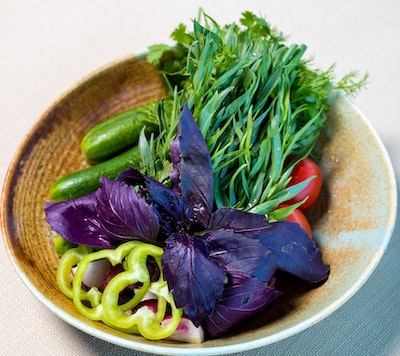
North American Plants Perfect for Your Climate Zone
Planting North American Plants suited to your local climate slashes garden maintenance, boosts pollinator visits, and helps protect neighborhood biodiversity. Selecting resilient native species adapted for your planting zone means healthier plants with less watering, fewer pests, and more wildlife visitors. Discover which hardy, elegant, and dependable North American Plants flourish naturally where you live—and spend your weekends relaxing in your garden instead of struggling with it.
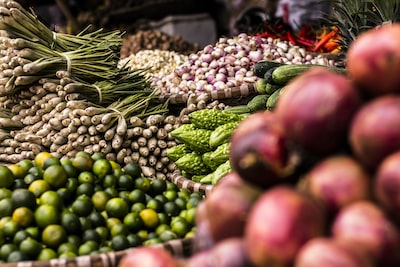
Spring Gardening Tips for Healthy Plants and Lovely Landscapes
Jumpstart your spring gardening by cleaning and preparing beds early, planting cool-season crops like lettuce and radishes, and pruning shrubs and trees before they leaf out. Check your soil temp; consistent readings above 45°F mean it's spring gardening prime time. Live by these simple actions, and your garden rewards you generously—read on to explore how to maximize every ounce of your spring effort.
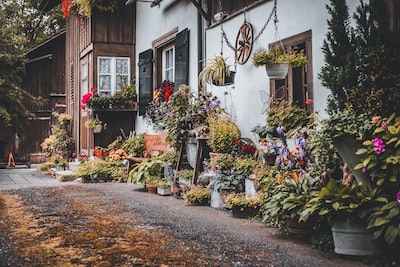
Companion Planting for a Healthy, Productive Garden
Companion planting pairs complementary plants to boost growth, repel pests and enrich soil naturally. Practicing companion planting attracts beneficial insects, reduces disease and adds greater biodiversity to your garden. Mastering the art of companion planting gently nudges nature in your favor, producing healthier yields and vibrant gardens—read on to discover how.

Organic Weed Killer Methods for Your Vegetable Garden
Skip the chemical cocktail and use an organic weed killer like vinegar or boiling water to zap unwanted weeds in your veggie beds. Mulching with straw or shredded leaves is another smart organic weed killer that smothers invaders, while corn gluten meal stops weed seeds from sprouting. Ready to kick weeds naturally and safely? Let's get growing.
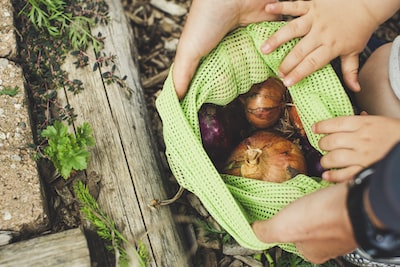
Backyard Gardening: The Delight of Growing Fresh Vegetables
Ready to taste produce at peak freshness? Backyard gardening delivers succulent tomatoes, crunchy lettuce, and aromatic herbs directly from soil to kitchen. With basic tools, minimal space, and a bit of sunlight, backyard gardening rewards you with vibrant harvests, year after year—and satisfaction money can't buy. Here's how to start your edible oasis.

Gardening Ideas for Growing Vegetables in Small Backyards
Short on space but hungry for homegrown veggies? These gardening ideas transform small backyards into thriving, edible escapes. Using vertical gardening, strategic companion planting, and space-saving containers, you'll turn limited square footage into abundant harvests. Intrigued? Keep reading for smart tips to maximize your garden bounty.
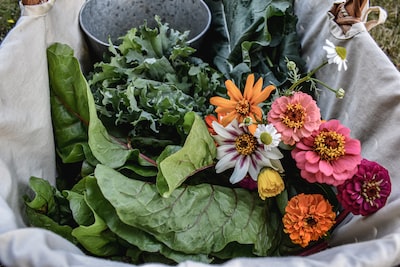
Homesteading: Living Simply and Sustainably Off the Land
Homesteading blends self-reliant living, gardening, and sustainable practices into everyday routines anyone can adopt. Growing your own produce, raising animals, and preserving harvests are foundations of the homesteading lifestyle. Discover how cultivating this rewarding approach puts fresh, organic bounty onto your table and independence back into your life.

Garden Size: How Much Space Does Your Garden Really Need?
Wondering if your garden size matches your planting aspirations? Optimal garden size hinges on factors like how much produce you want, what plants excite your palate, and the available sunlight and space you've got. Understand your goals, plan accordingly, and reap greater satisfaction; here's how to size your garden right for maximum bounty and joy.
Find out which plants will thrive in your garden!
Answer a few fun questions and get custom plant recommendations perfect for your space. Let’s grow something amazing together!

start your season